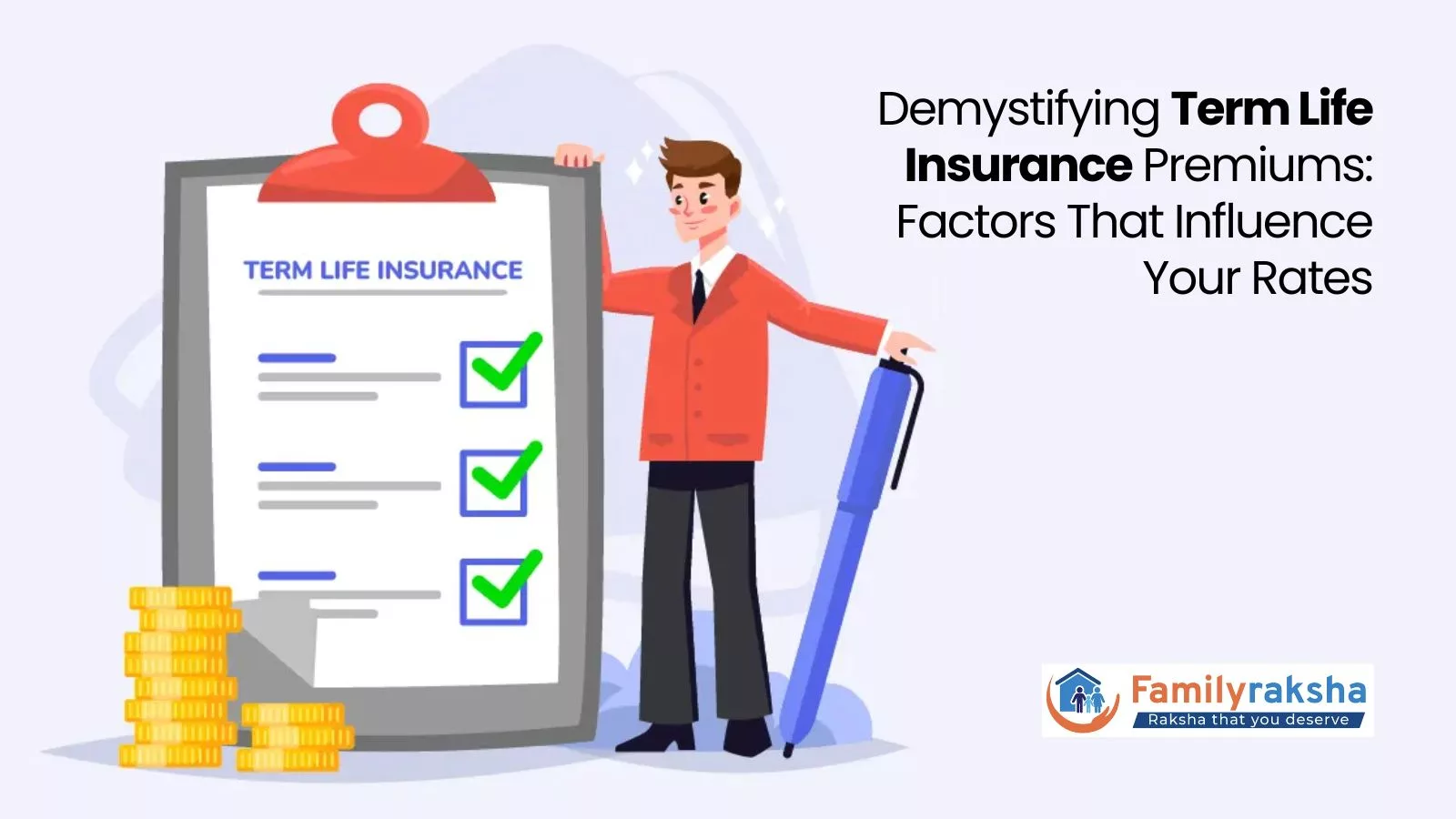Term life insurance is a type of life insurance that provides coverage for a specific period of time, typically ranging from 5 to 30 years. During this period, if the insured person passes away, the policy pays out a death benefit to the beneficiaries named in the policy. Term life insurance premiums, the regular payments you make to maintain coverage, can vary based on several factors.
Here are the key factors that influence your term life insurance rates:
Age
Generally, younger individuals pay lower premiums because they are statistically less likely to pass away during the term of the policy. As you age, the risk of mortality increases, and so do your premiums.
Health and Medical History
Insurance companies assess your health through medical underwriting. This process involves reviewing your medical history, current health conditions, lifestyle choices (such as smoking or excessive drinking), and possibly requiring a medical examination. Better health usually leads to lower premiums.
Gender
Statistically, women tend to have longer life expectancies and lower mortality rates compared to men. As a result, women might pay slightly lower premiums for the same coverage.
Smoking and Tobacco Use
Smokers are considered higher risk due to the associated health risks. Non-smokers typically receive lower premiums than smokers.
Coverage Amount
The death benefit amount you choose directly impacts your premium. Higher coverage amounts result in higher premiums.
Term Length
The length of the term you choose also affects the premium. Longer terms usually have higher premiums since the insurance company is exposed to the risk of payout for a more extended period
Occupation and Hobbies
Riskier occupations and hobbies (like extreme sports or dangerous jobs) can increase your premiums because they increase the likelihood of accidents or injuries.
Family Medical History
A history of certain medical conditions in your family can impact your rates, as it might suggest a higher risk of those conditions affecting you.
Location
Where you live can influence your premiums. Areas with higher costs of living or higher mortality rates might result in higher premiums.
Driving Record
If you have a history of reckless driving or multiple accidents, it could be seen as an indicator of higher risk, potentially leading to higher premiums.
Foreign Travel
If you frequently travel to high-risk countries, it might lead to higher premiums due to increased exposure to health and safety risks.
Payment Frequency
Some insurers offer discounts if you pay your premiums annually instead of monthly.
Underwriting Guidelines
Each insurance company has its own underwriting guidelines and risk assessment criteria. This can lead to variations in premiums for the same individual across different insurers.
Conclusion
It’s important to explore around and compare quotes from multiple insurance providers to find the best coverage and premiums for your needs. Keep in mind that while term life insurance premiums are generally lower than those of permanent life insurance, they increase over time as you age. Locking in a longer term while you’re younger and healthier can help you secure more affordable rates.





